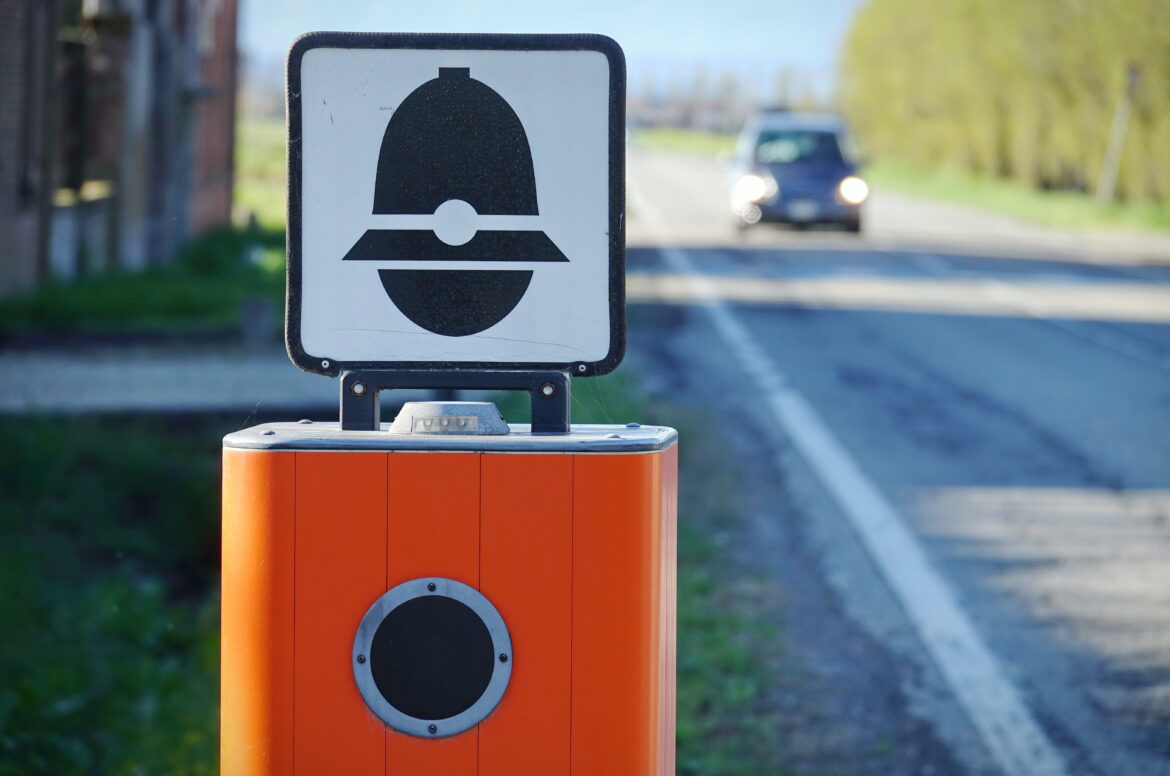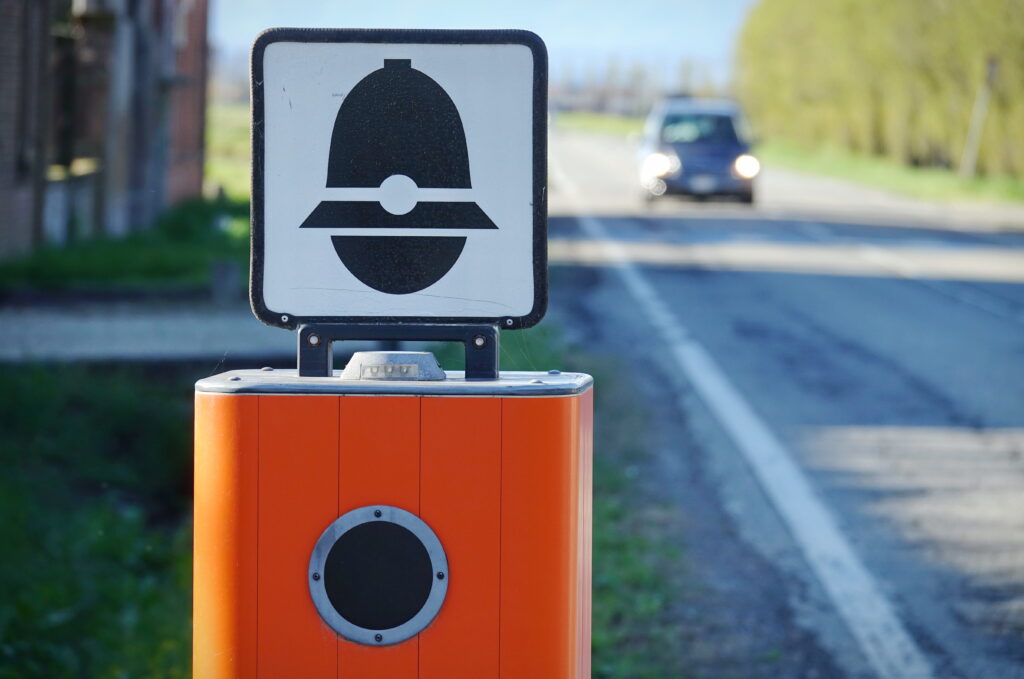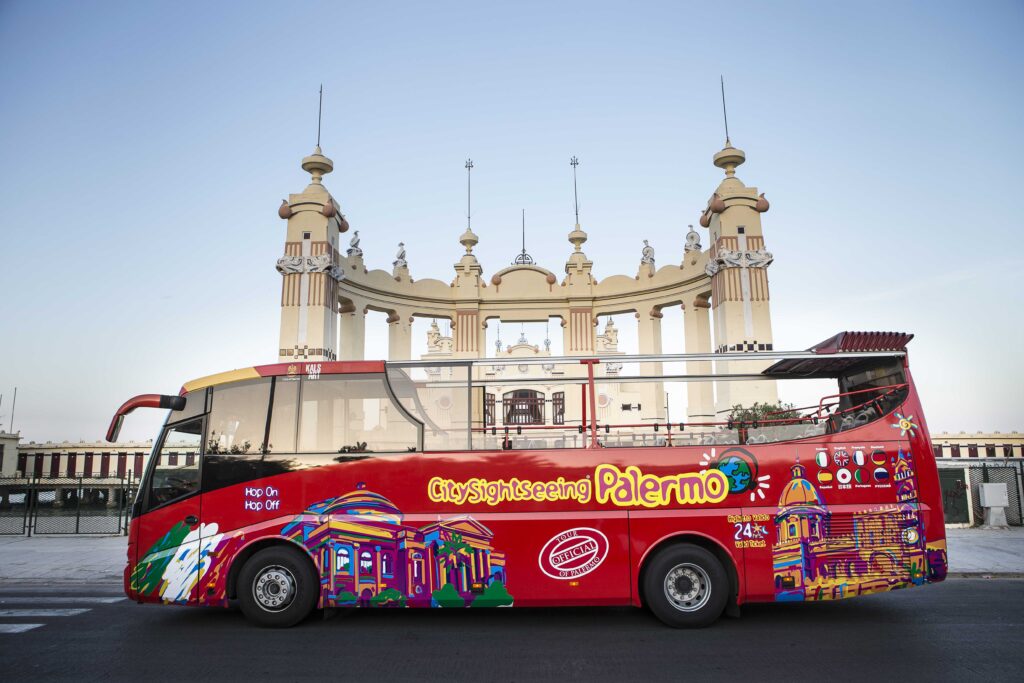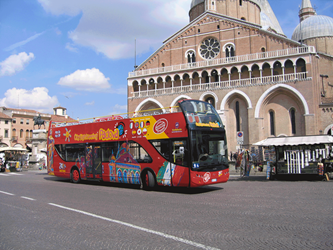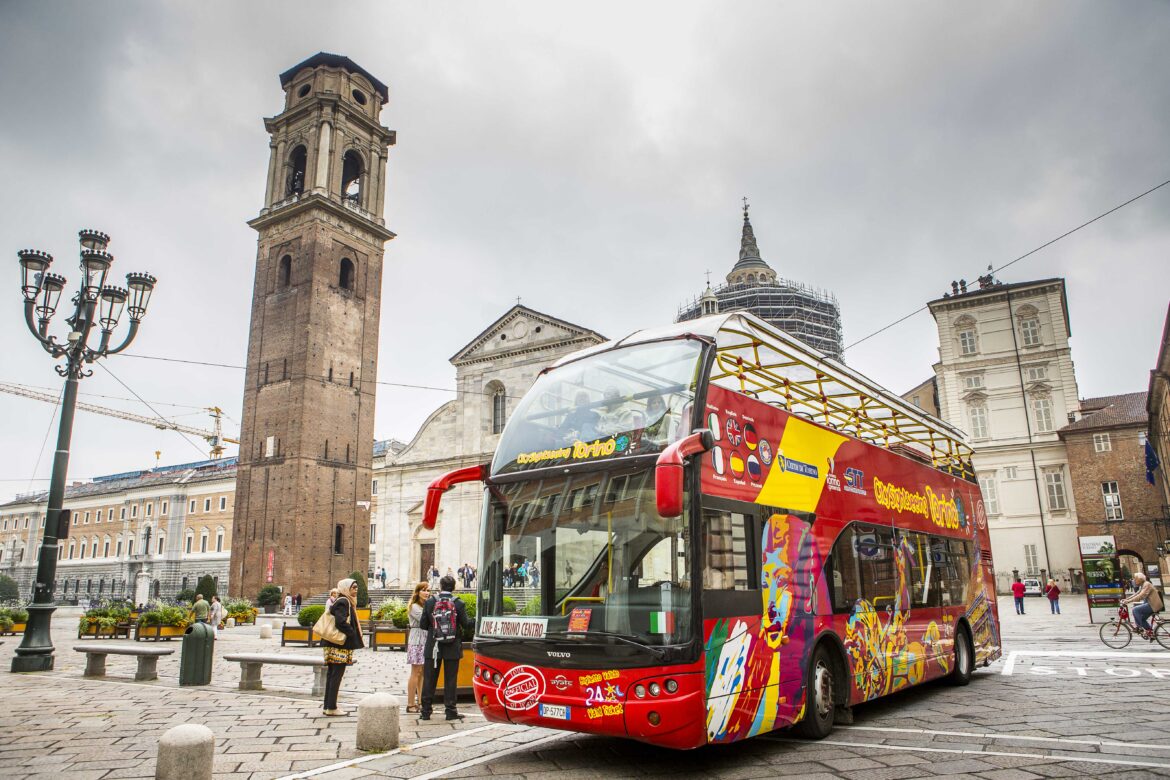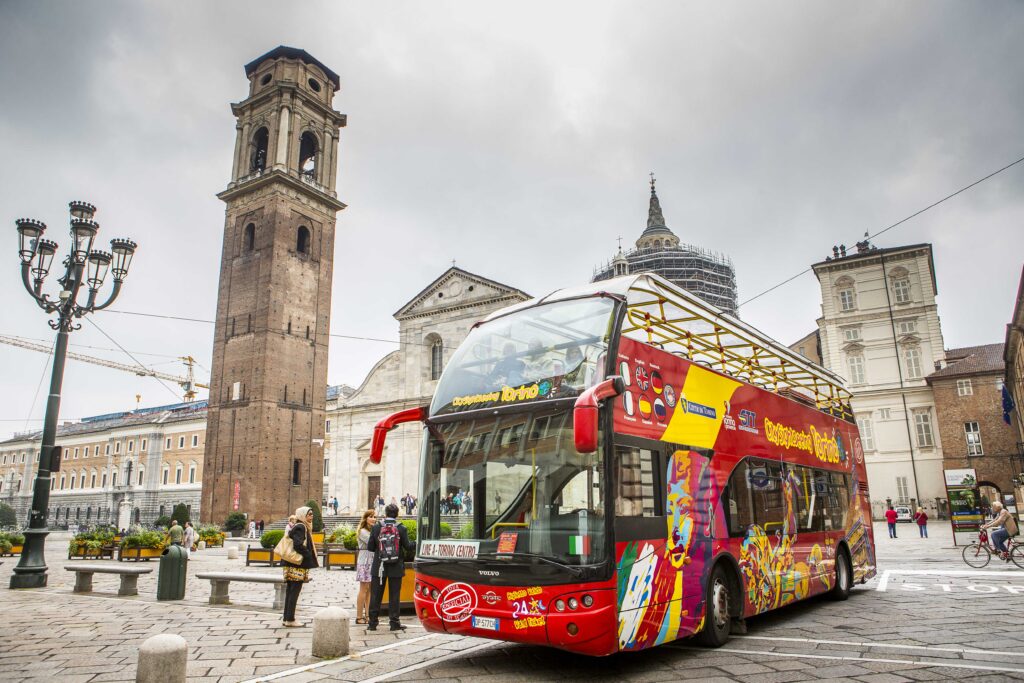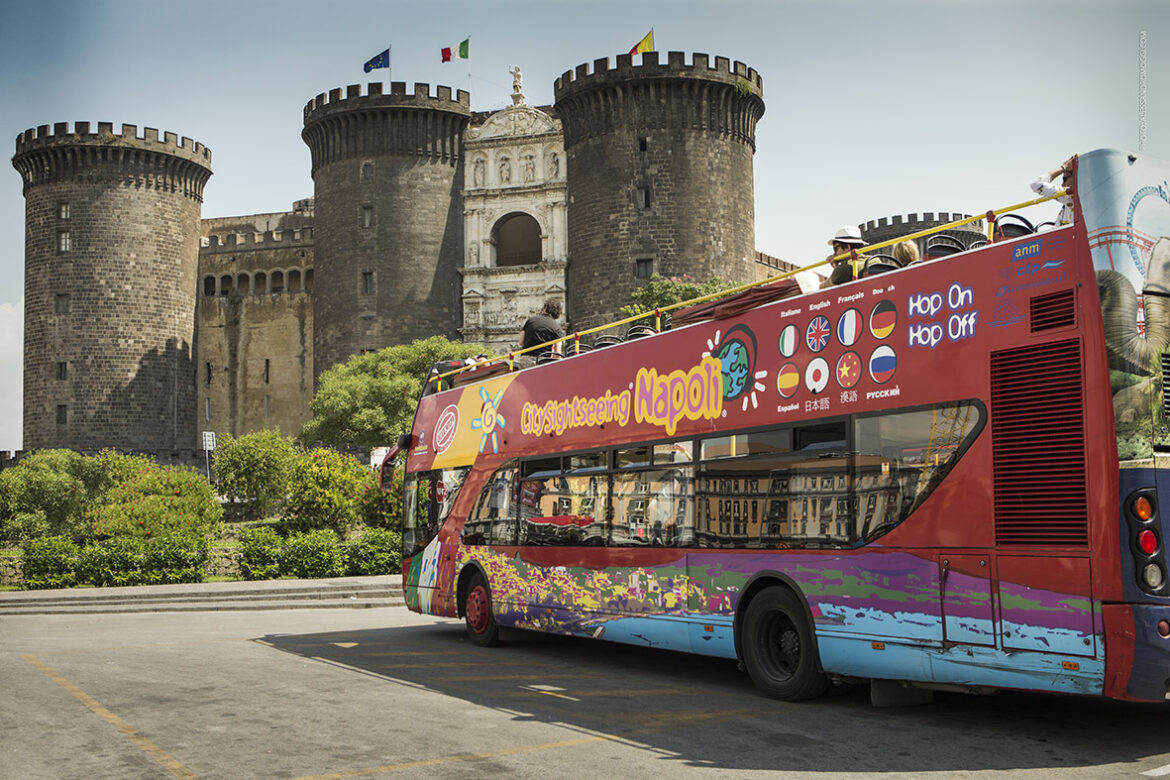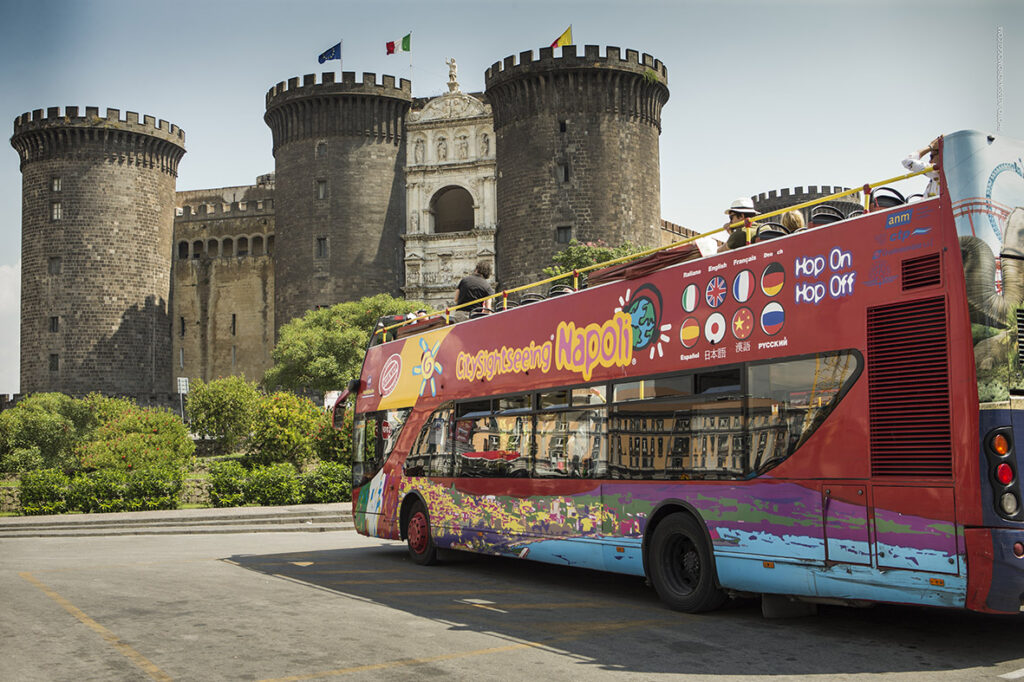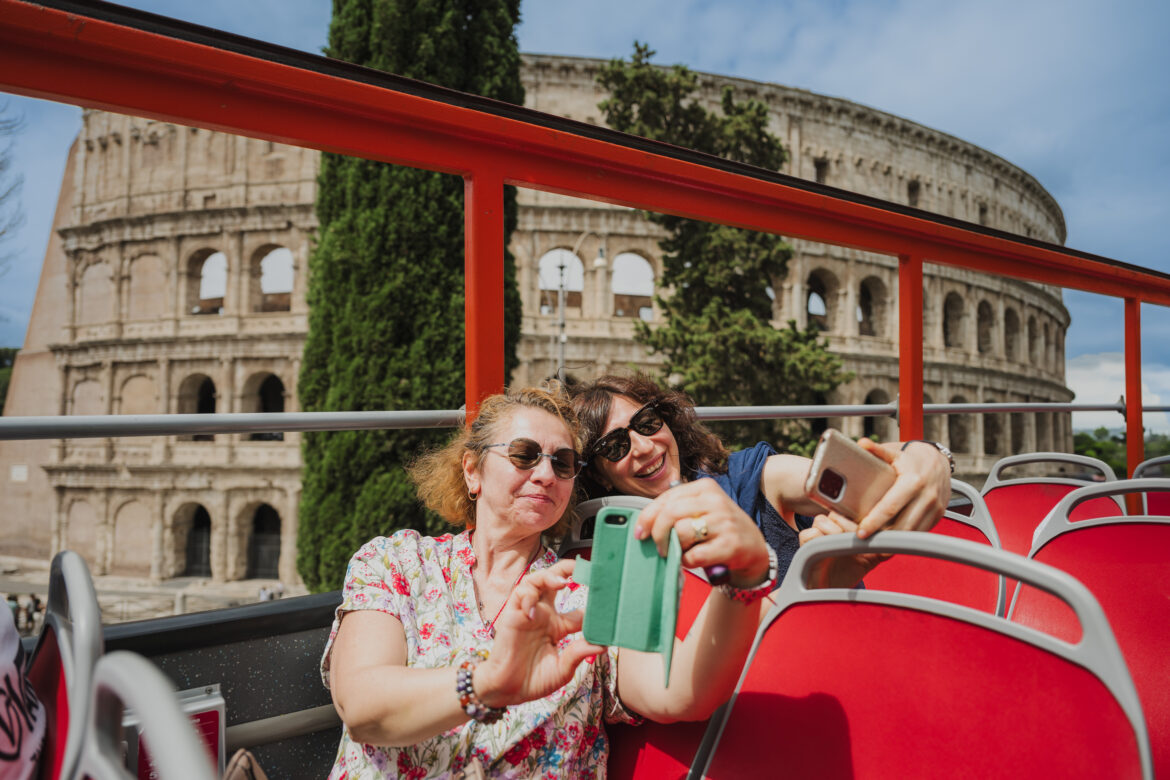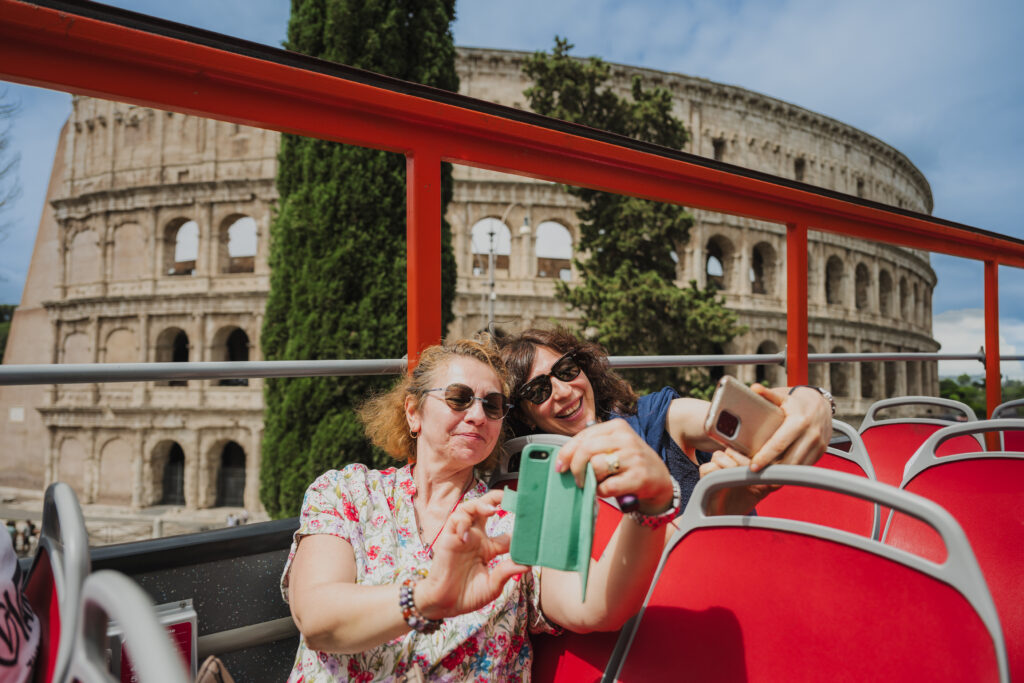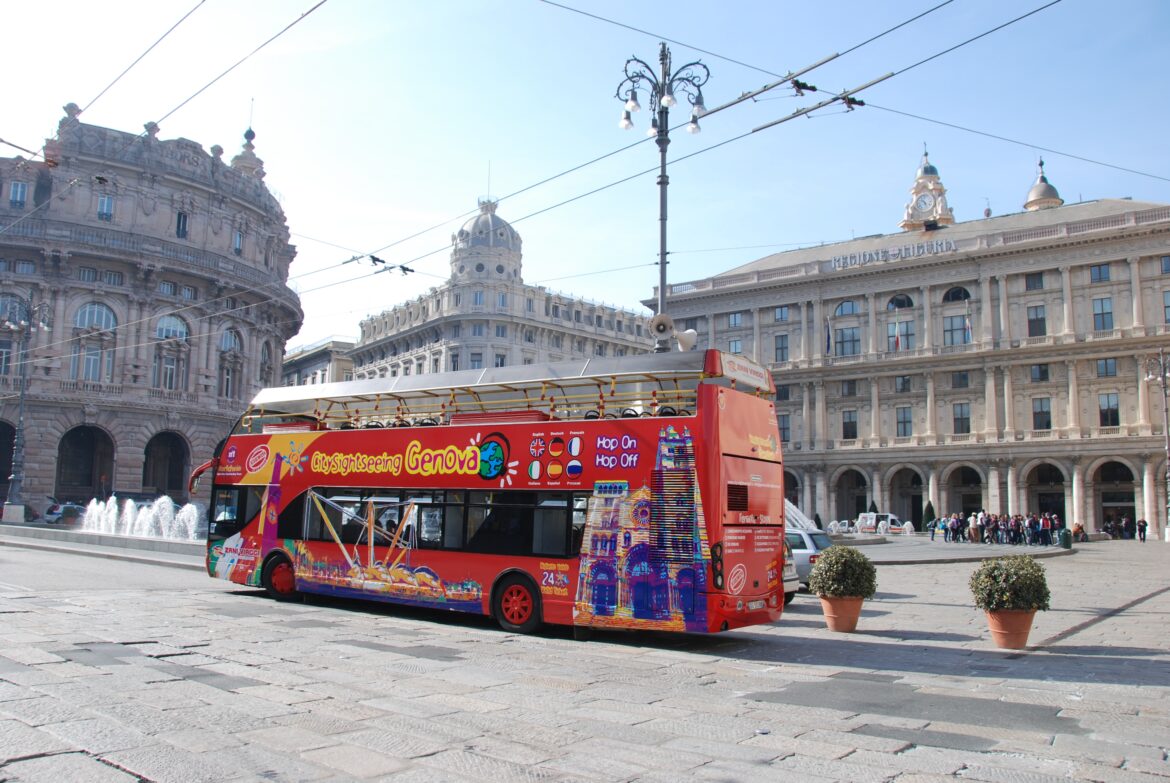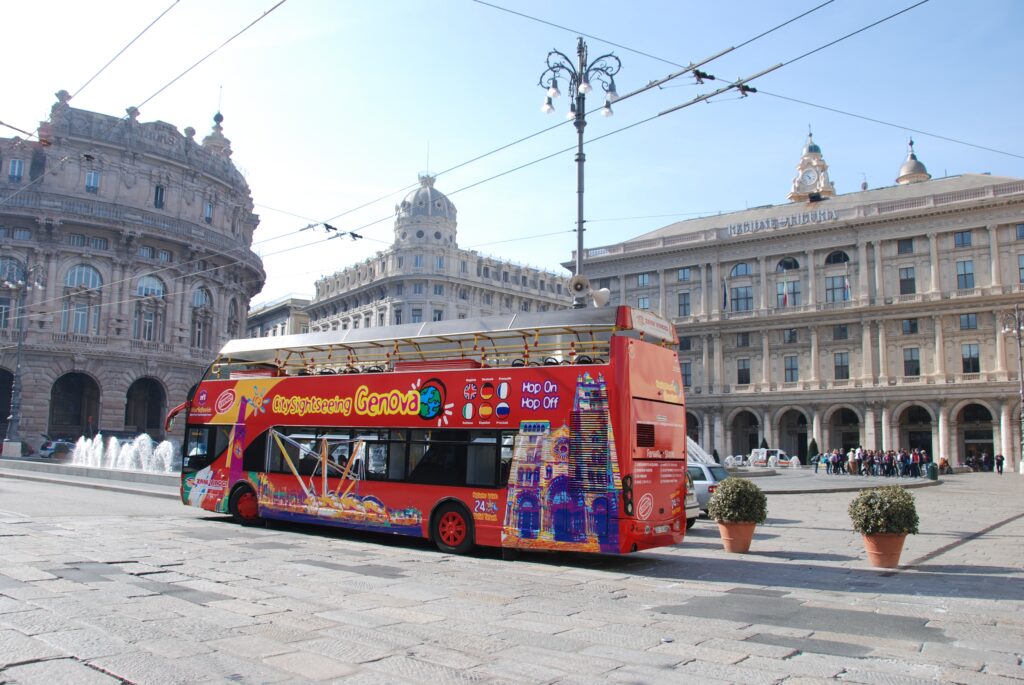Nestled along the rugged coastline of the Italian Riviera, the Cinque Terre is a destination that epitomizes the charm of Italy’s scenic splendor. Among its many treasures, the Via dell’Amore, or “Lover’s Lane,” stands out as a symbol of romance and breathtaking beauty. This iconic pathway connects the picturesque villages of Riomaggiore and Manarola, offering travelers a unique blend of history, culture, and stunning vistas.
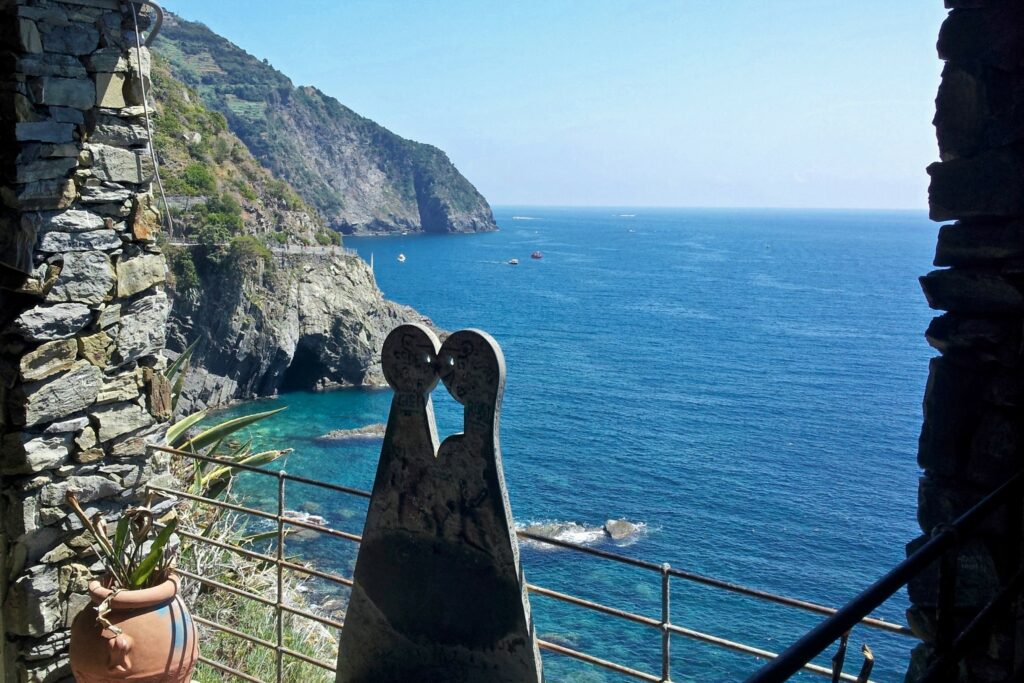
The History of Via dell’Amore
The Via dell’Amore was born out of necessity in the early 20th century. During the construction of the railway that now links the five villages of the Cinque Terre, workers needed a safe path to transport materials between Riomaggiore and Manarola. Over time, what began as a utilitarian route evolved into a celebrated walkway, cherished by locals and visitors alike.
The path quickly became a meeting place for lovers, who would carve their names into the rocks or affix padlocks to symbolize their enduring affection. This tradition, along with the awe-inspiring views of the Ligurian Sea and the colorful terraces, has cemented the Via dell’Amore as a romantic pilgrimage.
A Walk Through Paradise
Stretching just over a mile, the Via dell’Amore is an easy walk, making it accessible to travelers of all ages and fitness levels. As you stroll along the well-maintained path, you’ll be greeted by panoramic views of the coastline, where vibrant villages cling to the cliffs, and the turquoise waters of the Mediterranean stretch out to the horizon. Along the way, benches invite you to sit and soak in the beauty, while tunnels adorned with love notes and artistic murals add to the path’s enchanting atmosphere.
Parts of the Via dell’Amore have been closed for restoration but from the summer of 2024 is open again to turists.
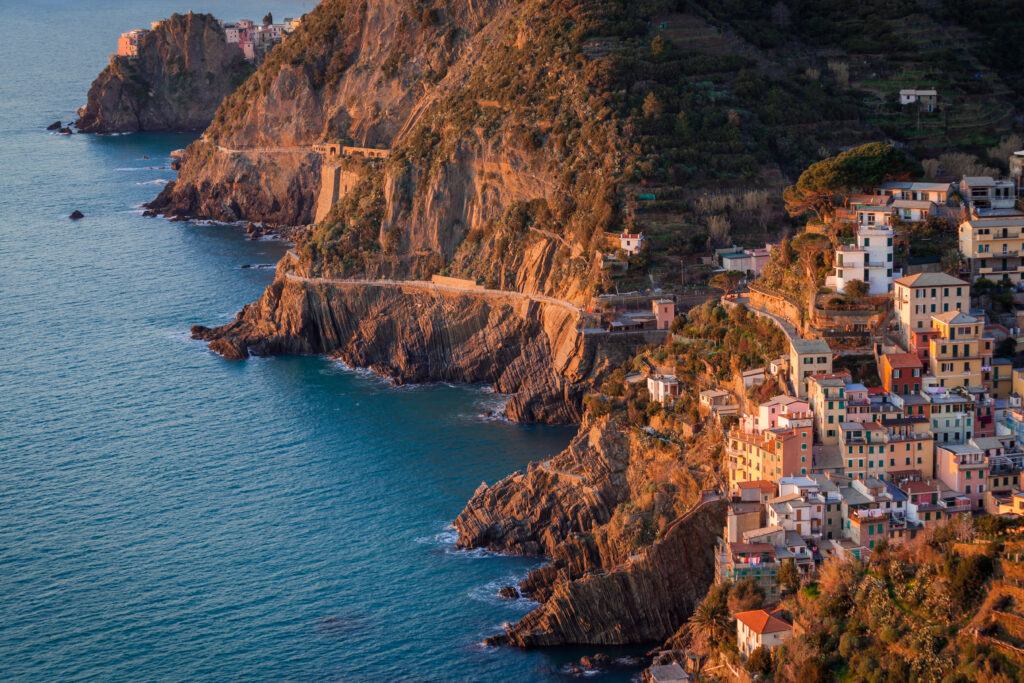
How to Get There: A Seamless Journey from Florence
For travelers based in Florence, reaching the Cinque Terre and the Via dell’Amore is easier than you might think. Consider enhancing your Italian adventure with a Sightseeing Experience tour that takes you from the Renaissance heart of Florence to the coastal wonders of the Cinque Terre. This option not only provides convenience but also ensures that you make the most of your visit with expert insights and stress-free travel.
A typical tour offering glimpses of the rolling hills and vineyards that define the region. Upon arrival in the Cinque Terre, you’ll have the opportunity to explore several of the five villages, each with its unique character and charm. Finally, your journey culminates with a walk along the Via dell’Amore, where you can immerse yourself in the romantic ambiance that has captivated so many.
Why Visit the Via dell’Amore?
The Via dell’Amore is more than just a trail; it’s an experience that captures the essence of Italy’s romance and natural beauty. Whether you’re a history enthusiast, a nature lover, or simply someone in search of a peaceful stroll with unparalleled views, the Via dell’Amore has something to offer.
So, pack your walking shoes, grab your camera, and get ready to fall in love with one of Italy’s most enchanting paths.


